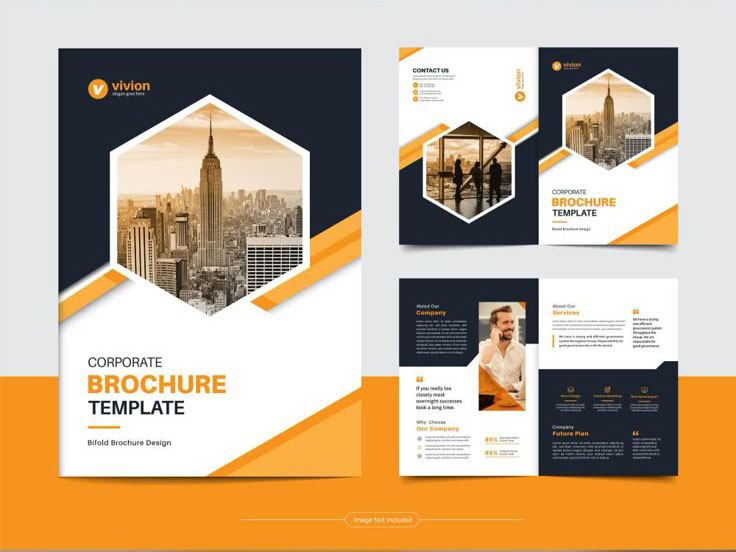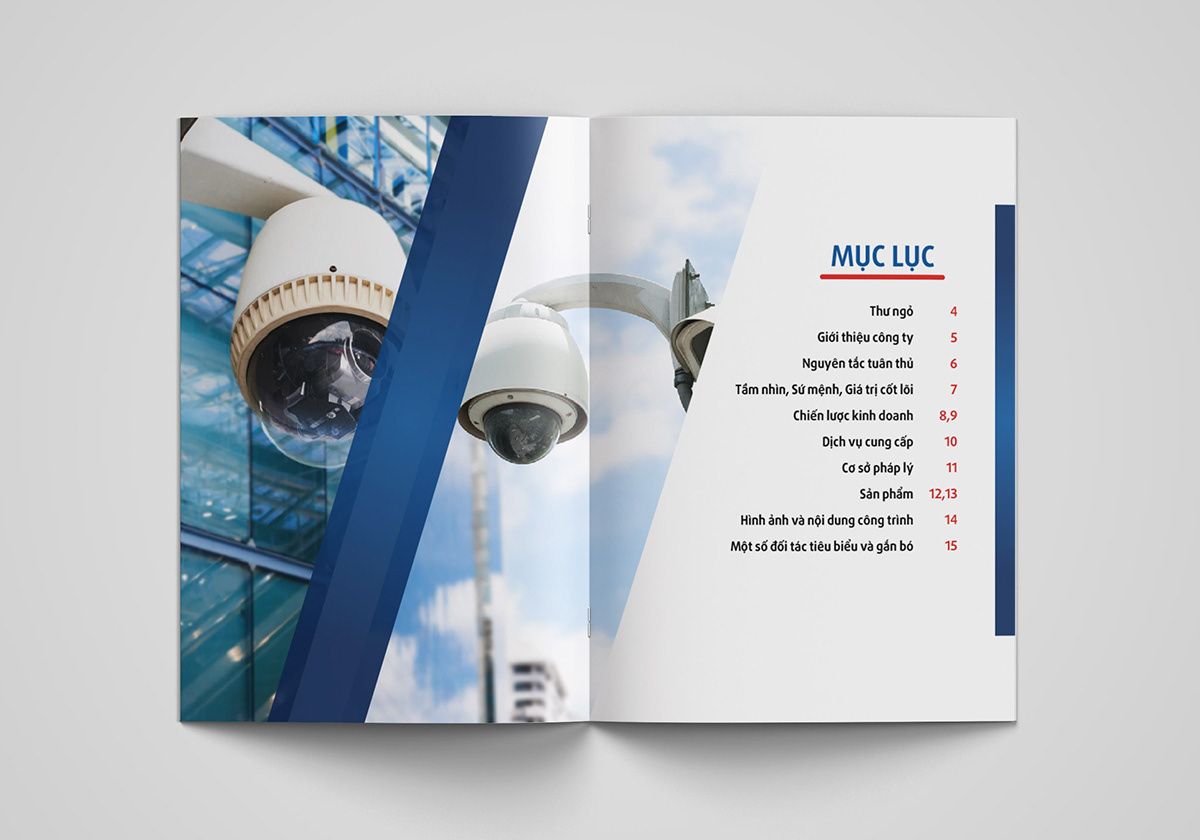
In business, designing a company capability profile or corporate profile plays a crucial role. This document represents the company, summarizing all essential information such as brand logo, name, core values, notable achievements, and financial capacity. Thanks to this, customers, investors, partners, and especially contractors can comprehensively evaluate the business. So, what does a company capability profile include, and how can you design a professional one? Let's explore in this article.
1. Definition of a Capability Profile
A capability profile, also known as a "Capability Statement" in English, is a document that consolidates information about the company's history, capabilities, experience, financial strength, and services it offers. For businesses, the capability profile acts as a "business card" in the corporate world, helping to make a strong impression and demonstrate real capabilities.

2. The Role of a Capability Profile
Creating a Strong First Impression
A capability profile helps businesses make a powerful first impression on clients and partners. Through this document, companies can showcase their professionalism and credibility, thereby increasing collaboration and business opportunities.
Participating in Bidding
This document serves as a key tool to prove a company’s actual capabilities and increase its chances of winning bids. When participating in tenders, a capability profile is crucial in demonstrating the company's ability to execute projects efficiently and with high quality.
Building Brand Image
A capability profile supports the development and reinforcement of a company's brand image in the eyes of partners and clients. By clearly presenting the company's history, vision, mission, and core values, businesses can create a consistent and professional brand identity.
Enhancing Reputation and Credibility
A high-quality capability profile enhances a company's reputation and credibility, attracting new clients and strengthening relationships with existing partners. A well-designed and professionally presented profile boosts trust and respect from stakeholders.
3. Essential Components of a Capability Profile
General Company Information
Company Name: Full name and abbreviation (if applicable) in both English and the local language.
Year of Establishment: Information on when the company was founded.
Tax Identification Number: The company’s tax code.
Address: Headquarters and branch locations.
Business License: Business registration details.
Industry & Services: Primary business sectors.
Company History: Key milestones in the company’s development.
Vision, Mission, and Core Values
Vision: The company’s long-term goals.
Mission: The reason for the company’s existence and its operational objectives.
Core Values: The fundamental principles that drive the company’s success.
Products/Services
Detailed Descriptions: Information about the products or services the company provides.
Illustrations: Images showcasing the company’s offerings for better visualization.
Market & Clients
Target Clients: Information on the customer segments the company serves.
Operational Markets: The geographical areas where the company operates.
Core Capabilities
Strengths: The competitive advantages of the company.
Unique Selling Points: The factors that differentiate the company from competitors.
Completed Projects
Project List: A record of notable projects the company has completed.
Illustrative Images: Real images of completed projects to demonstrate expertise.
Human Resources
Team Overview: Information about key personnel, including qualifications and experience.
Leadership Team: Profiles of the company's top executives.
Facilities & Equipment
Machinery & Equipment: Details on the company’s technological resources.
Infrastructure: Information about office and production facilities.
Achievements & Certifications
Awards & Certifications: A list of the company’s recognitions and certifications.
Key Accomplishments: Major business milestones.
Partners & Clients
Partner List: Major partners the company has worked with.
Key Clients: Information on important customers.
Contact Information
Company Contact Details: Address, phone number, email, and website.
Brand Identity: Logo and branding information.

4. How to Create an Effective Capability Profile
To craft an effective capability profile, follow these steps:
- Define Objectives and Audience: Before writing, determine the purpose of the capability profile and the target audience. This helps focus the content and select the appropriate language.
- Research Competitors: Analyze competitor profiles to learn from their strengths and address their weaknesses. However, ensure your profile has unique and distinct features.
- Choose a Clear Structure: The structure of the capability profile should be logical, clear, and easy to follow. You can refer to existing templates but tailor them to fit your company’s characteristics.
- Write Engaging Content: Use simple, easy-to-understand language and focus on client benefits. Show potential customers the advantages of working with your company.
- Use Visuals: Images make the profile more engaging and appealing. Providing concrete data increases the credibility of the information presented.
A capability profile is an essential tool for businesses to introduce themselves, make strong impressions, and showcase their strengths. Investing in a high-quality capability profile opens new business opportunities and enhances company credibility. By following the key steps and including essential components, you can create a professional and effective capability profile.







